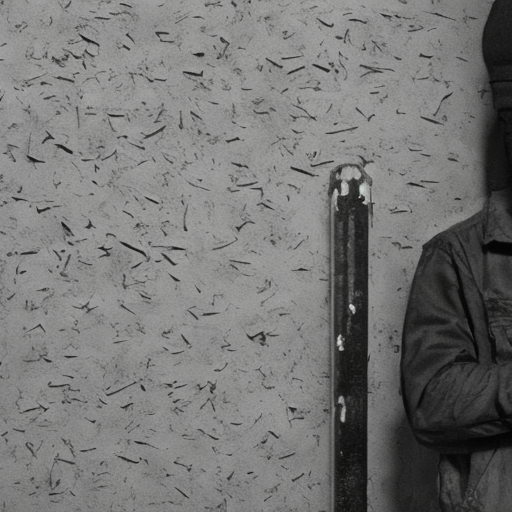One-line Summary:
La Haine (1995) by Mathieu Kassovitz
La Haine is a gritty French drama that follows three friends from different ethnic backgrounds as they navigate the volatile streets of a Parisian suburb in the aftermath of a riot. The film explores themes of social inequality, police brutality, and the alienation experienced by marginalized communities.
Main Cast and Crew:
- Director: Mathieu Kassovitz
- Writer: Mathieu Kassovitz
- Key Actors:
- Vincent Cassel as Vinz
- Hubert Koundé as Hubert
- Saïd Taghmaoui as Saïd
- Music Director: Assassin
- Director of Photography: Pierre Aïm
- Producers: Christophe Rossignon, Lazennec-Belleville
Plot:
La Haine takes place over the course of 24 hours and follows Vinz, Hubert, and Saïd, three friends living in the impoverished banlieues of Paris. The film begins with the aftermath of a riot sparked by the police beating of a young Arab man, Abdel Ichaha. Vinz, who is Jewish, finds a police officer’s lost gun during the chaos and vows to use it if Abdel dies.
As the day progresses, the trio encounters various challenges and confrontations. They navigate the hostile environment, encountering racist skinheads, drug dealers, and corrupt police officers. The film explores their interactions with these different groups, highlighting the tensions and prejudices that exist within society.
Vinz, fueled by anger and a desire for revenge, becomes increasingly volatile. Hubert, an aspiring boxer, tries to maintain a sense of hope and escape the cycle of violence. Saïd, the most light-hearted of the three, tries to keep the peace between his friends.
The climax of the film occurs when Vinz confronts a police officer, leading to a tragic and ambiguous ending that leaves the audience questioning the cycle of violence and the potential for change.
Themes and Motifs:
La Haine tackles several central themes, including social inequality, police brutality, and the consequences of violence. The film explores the deep-rooted tensions between different ethnic communities and the systemic issues that perpetuate their marginalization.
Kassovitz uses various motifs throughout the film to emphasize these themes, such as the recurring image of a bullet falling in slow motion, symbolizing the imminent violence that hangs over the characters’ lives. The black-and-white cinematography further enhances the stark contrast between the characters’ lives and the world they inhabit.
Reception and Legacy:
Upon its release, La Haine received critical acclaim for its raw portrayal of urban unrest and its exploration of social issues. The film won the Best Director award at the 1995 Cannes Film Festival and was nominated for several César Awards.
La Haine has had a lasting impact on cinema, influencing subsequent filmmakers and becoming a cult classic. Its themes and social commentary remain relevant today, making it a powerful and thought-provoking film for viewers interested in exploring the complexities of society.
Recommendation:
La Haine is a must-watch for those who appreciate powerful and socially conscious cinema. It offers a gripping portrayal of marginalized communities and the struggles they face, while also raising important questions about violence, prejudice, and the potential for change. The film’s intense performances, evocative cinematography, and thought-provoking narrative make it a compelling and unforgettable experience.
Memorable Quote:
“It’s about a society on its way down. And as it falls, it keeps telling itself: ‘So far so good… So far so good… So far so good.’ It’s not how you fall that matters. It’s how you land.”












